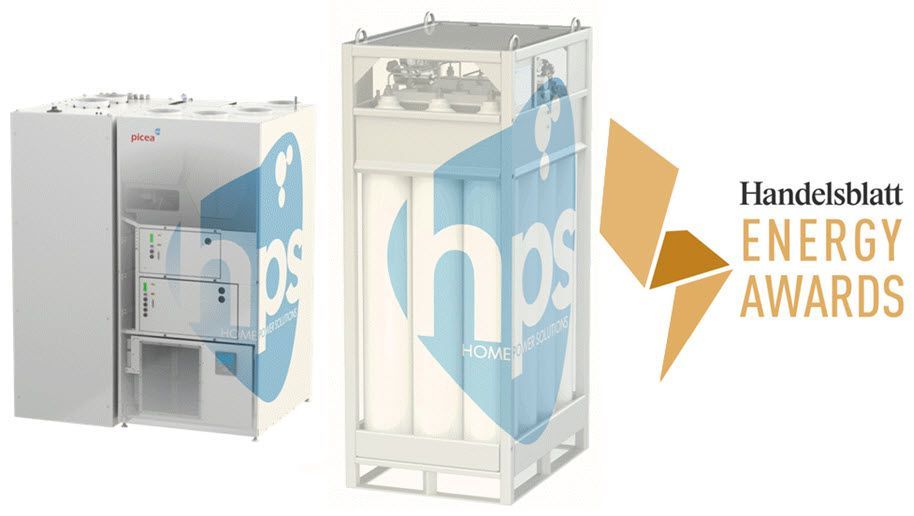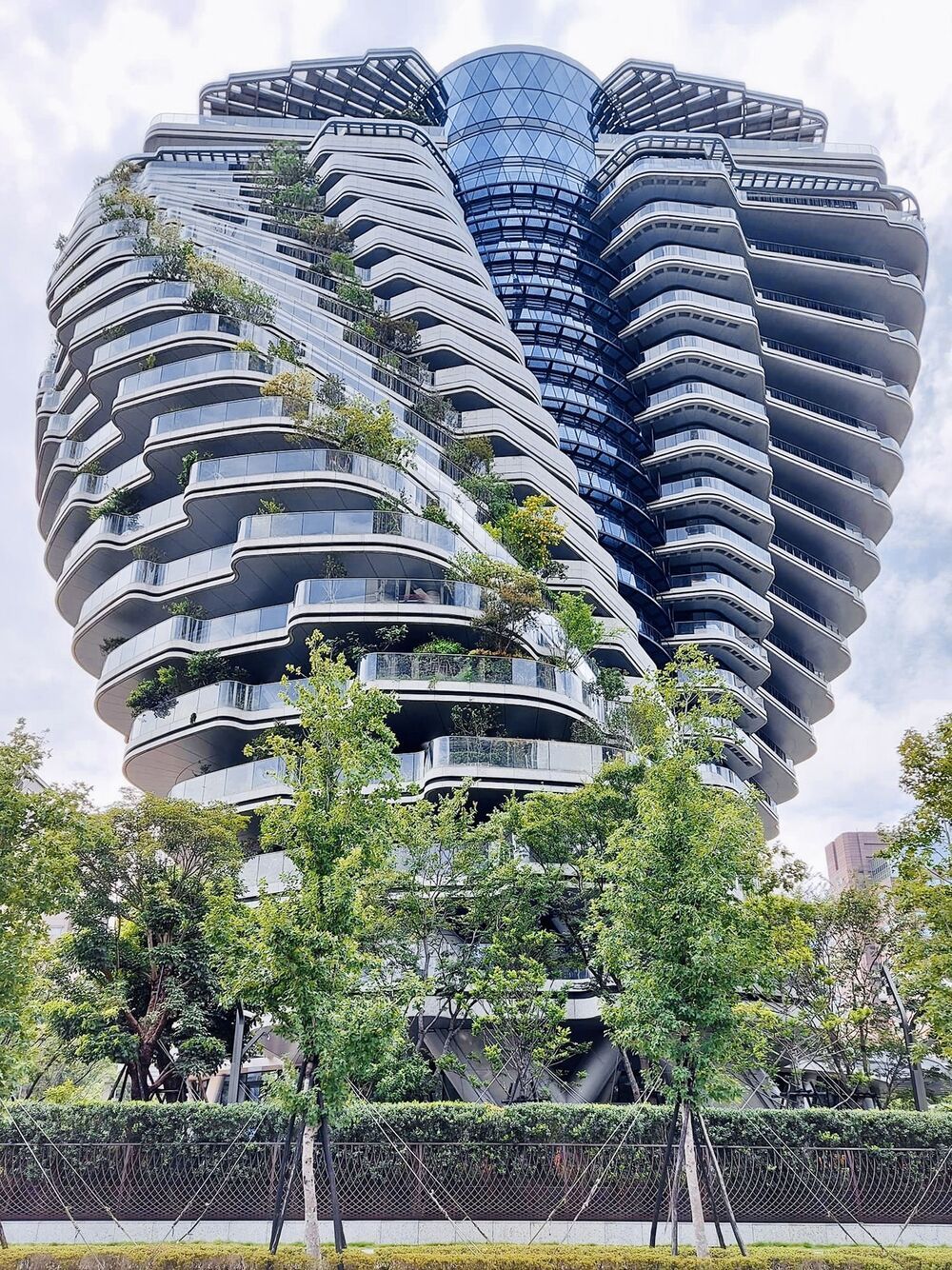Apparently this solar electric vehicle needs no charging.



The unit has yet to actually send power directly back to Earth, but that technology has already been proven. If the project develops into huge kilometers-wide space solar antennae, it could beam microwaves that would then be converted into fuel-free electricity to any part of the planet at a moment’s notice.
Scientists working for the Pentagon have successfully tested a solar panel the size of a pizza box in space, designed as a prototype for a future system to send electricity from space back to any point on Earth.

Berlin –Berlin-based HPS Home Power Solutions is pleased to announce it has received the 2021 Handelsblatt Energy Award in the category of “Smart City” for its picea system, the first marketable independent, solar-hydrogen powered CO2 free home energy system worldwide. The award was given by a top-class jury.
Based on a combination of solar energy and innovative hydrogen technology, the picea system is the first year-round, CO2 free, independent power supply for one-and two-family houses. The picea system is highly effective with about 90% utilization rate and offers more than 100 times the storage capacity of standard household-storage batteries.
“We are extremely pleased to receive this award recognizing the development of our picea system into a marketable clean energy solution,” said Zeyad Abul-Ella, co-founder and managing director of HPS Home Power Solutions.” HPS has made hydrogen technology more widely available to household consumers for the first time. Our product will be indispensable in the smart cities of the future. The Handelsblatt award is a recognition of the considerable reduction of CO2 emissions picea offers and the value of German innovation in the field of climate protection technology,“he added.


Air conditioners and other cooling systems are among our biggest consumers of electricity, so finding ways to passively cool buildings will be important in our increasingly warmer future. Now, researchers at the University at Buffalo have developed a prototype hybrid device that can not only cool buildings drastically without using electricity, it can capture solar energy to heat water.
Created in many forms over the years, radiative cooling systems absorb heat from inside a room or building, and emit it in infrared waves towards the sky. At those wavelengths, the Earth’s atmosphere is “invisible” to the radiation, meaning there’s nothing stopping the heat from venting directly into the cold of outer space.
These devices use panels made of materials that can absorb and emit the heat. The logical way to orient these thermal emitter panels is to have one face pointing towards the sky, like a solar panel, but the team on the new study says that’s not the most efficient method. The panels emit heat from both sides, so in that position some of the heat is being emitted back towards the ground.

Renewable energy is now the cheapest energy on the planet. Countries all over the globe are rapidly converting from destructive and limited fossil fuels to wind turbines, solar power and even more creative options, including the UK which is now powered more by renewables than other sources.
Despite being one of the best sources of renewable energy, wind turbines have received significant pushback from opposition that claims they kill native bird populations. It is a valid criticism – research has shown collisions with turbine blades do kill birds, albeit at a fraction of the rate fossil-fueled power plants do.
In an attempt to minimize the ecological impact of wind turbines, a new smart camera system developed by IdentiFlight detects the presence of birds, identifies if they are endangered, and shuts down the spinning blades before impact. According to a study published in the Journal of Applied Ecology, deploying a curtailment system near a wind turbine site led to a decrease in Eagle fatalities of 82 percent, suggesting the camera systems could have a drastic effect on saving protected bird species.

Some four years after it was originally due to be completed, and over a decade after first being commissioned, Vincent Callebaut’s twisting Tao Zhu Yin Yuan (aka Agora Garden Tower) in Taipei, Taiwan, is finally nearing completion – and it’s looking like the wait has been worth it. The high-rise residential project has an ambitious DNA-inspired form incorporating thousands of plants on its facade and sustainability features including solar power, rainwater collection, and more.
Rising to a height of 93.2 m (305 ft), Tao Zhu Yin Yuan consists of 21 floors (plus four basement levels), and is defined by an unusual twisting design inspired by the DNA double helix. Twenty of the floors twist 4.5 degrees per floor as the building rises, for a total of 90 degrees from bottom to top.
Though it’s not looking quite as green as was suggested in early renders, this is understandable as the 23000 trees, shrubs and plants that are planted throughout the ground floor garden, balconies and terraces, still have some time to grow. SWA is leading landscaping duties and Vincent Callebaut Architectures (VCA) reckons that all those plants will remove significant amounts of CO2 from the local atmosphere each year.

“This is the first study to use pressure to control this stability, and it really opens up a lot of possibilities,” Yu Lin, researcher at the Stanford Institute for Materials and Energy Sciences (SIMES), said in a statement.
“Now that we’ve found this optimal way to prepare the material, there’s potential for scaling it up for industrial production, and for using this same approach to manipulate other perovskite phases,” Lin added.
The “black” phase, the one successfully stabilized by the scientists, of perovskite has intrigued scientists for years since it has been found to be extremely efficient in converting sunlight to electricity, making it the Holy Grail for solar panel technology.

Advanced optoelectronics require materials with newly engineered characteristics. Examples include a class of materials named metal-halide perovskites that have tremendous significance to form perovskite solar cells with photovoltaic efficiencies. Recent advances have also applied perovskite nanocrystals in light-emitting devices. The unusually efficient light emission of cesium lead-halide perovskite may be due to a unique excitonic fine structure made of three bright triplet states that minimally interact with a proximal dark singlet state. Excitons are electronic excitations responsible for the emissive properties of nanostructured semiconductors, where the lowest-energy excitonic state is expected to be long lived and hence poorly emitting (or ‘dark’).
In a new report now published in Science Advances, Albert Liu and a team of scientists in physics and chemistry at the University of Michigan, U.S., and Campinas State University, Brazil, used multidimensional coherent spectroscopy at cryogenic (ultra-cold) temperatures to study the fine structure without isolating the cube-shaped single nanocrystals. The work revealed coherences (wave properties relative to space and time) involving the triplet states of a cesium lead-iodide (CsPbI3) nanocrystal ensemble. Based on the measurements of triplet and inter-triplet coherences, the team obtained a unique exciton fine structure level ordering composed of a dark state, energetically positioned within the bright triplet manifold.

Over the past few years, researchers have been trying to develop new designs for perovskite solar cells that could improve their performance, efficiency and stability over time. One possible way of achieving this is to combine 2-D and 3D halide perovskites in order to leverage the advantageous properties of these two different types of perovskites.
The two-dimensional crystal structure of 2-D halide perovskites is highly resistant to moisture; thus, it could help to increase the performance and durability of solar cells with a light-absorbing 3D halide perovskite layer. However, most of the strategies for combining 2-D and 3D halide perovskites proposed so far simply entail mixing these two materials together (e.g., mixing 2-D precursors with a solution-based 3D perovskite or reacting 2-D precursor solutions on top of a 3D perovskite layer).
Researchers at Seoul National University and Korea University have recently devised an alternative approach for creating solar cells that combine 2-D and 3D halide perovskites. This approach, outlined in a paper published in Nature Energy, could help to simultaneously improve both the efficiency and long-term stability of these cells.